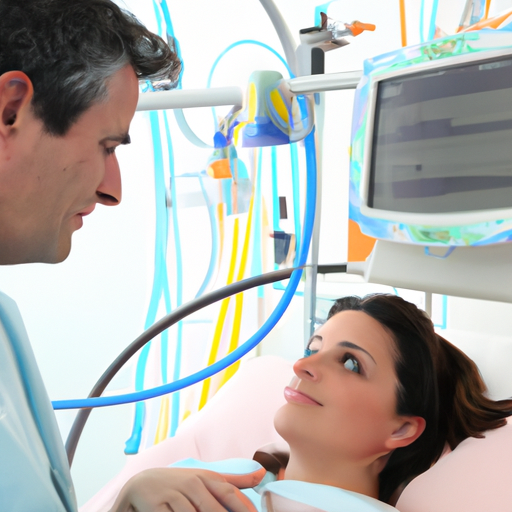In today’s fast-paced world, remote patient monitoring (RPM) has emerged as a groundbreaking solution in the healthcare sector. By leveraging technology, RPM enables healthcare providers to monitor patients’ health data from a distance, fostering a more efficient and patient-centric care model.
What is Remote Patient Monitoring?
Remote patient monitoring refers to the use of technology to collect health data from patients in one location and electronically transmit it to healthcare providers in a different location. This process often involves the use of wearable devices, mobile applications, and telehealth platforms.
Benefits of Remote Patient Monitoring
- Improved Patient Engagement: RPM encourages patients to take an active role in managing their health, leading to better treatment adherence and health outcomes.
- Enhanced Access to Care: With RPM, patients can receive timely care from the comfort of their homes, reducing the need for frequent in-person visits.
- Cost Savings: By reducing hospital readmissions and emergency room visits, RPM can lead to significant healthcare cost savings for both patients and providers.
- Data-Driven Insights: Continuous monitoring allows healthcare providers to gather valuable data, leading to more informed clinical decisions and personalized care plans.
The Role of Technology in RPM
The integration of technology in remote patient monitoring is pivotal. Wearable devices such as smartwatches and fitness trackers collect crucial health metrics like heart rate, blood pressure, and glucose levels. These devices sync with apps that allow patients to share real-time data with healthcare providers.
Challenges and Considerations
While the benefits of RPM are undeniable, several challenges exist, including:
- Technology Access: Not all patients have access to smartphones or the internet, which can hinder the effectiveness of RPM.
- Data Security: Protecting sensitive health information is crucial, and healthcare providers must ensure their systems comply with data protection regulations.
Conclusion
Remote patient monitoring is not just a trend; it’s the future of healthcare. As technology continues to evolve, so too will the capabilities of RPM. By embracing this innovative approach, healthcare providers can improve patient outcomes and enhance the overall quality of care.
To learn more about the transformative impact of RPM and how it can benefit you or your practice, visit our website or contact us today!




